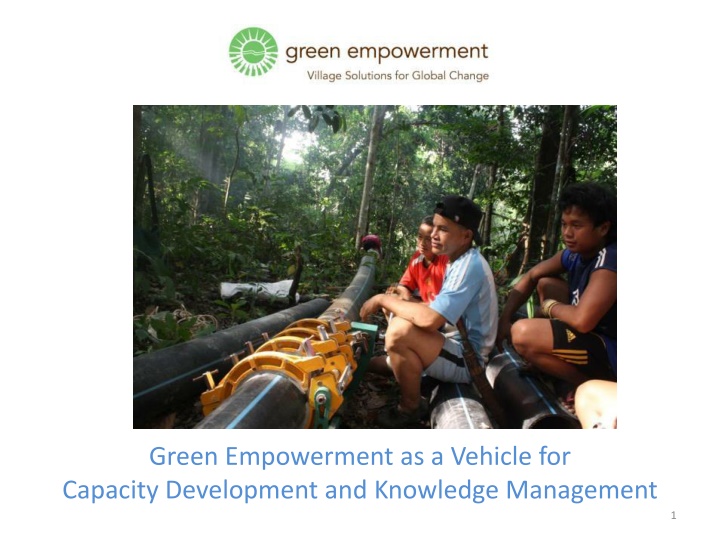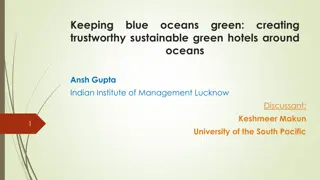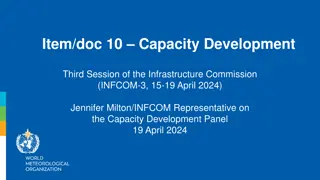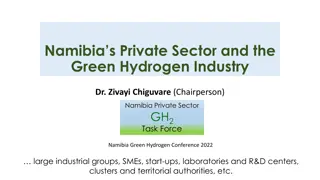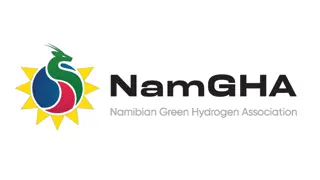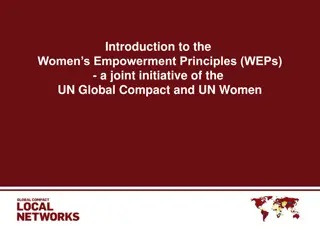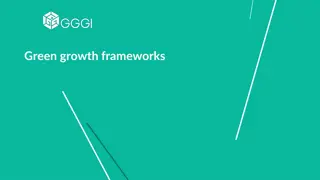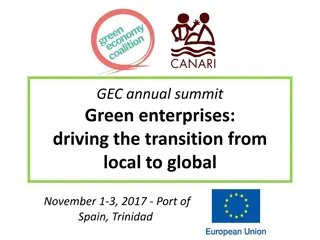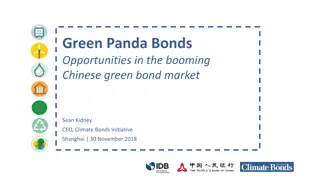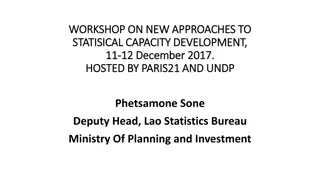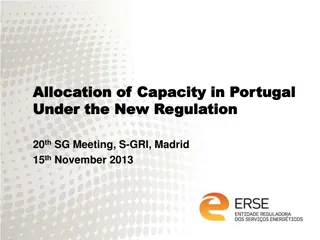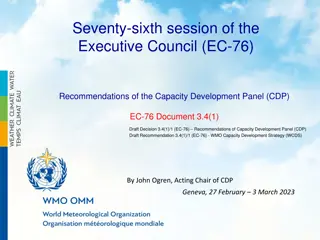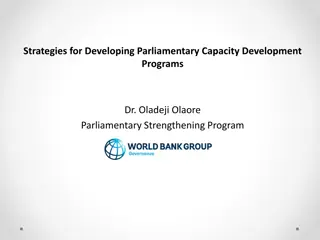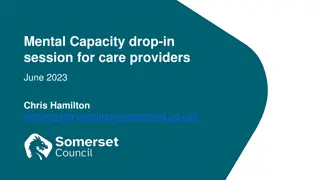Green Empowerment: Capacity Development & Knowledge Management
This content showcases Green Empowerment's mission to provide clean water, electricity, and sustainable solutions to rural villages. It discusses capacity building, community-based models, and knowledge sharing in the context of renewable energy projects.
Download Presentation

Please find below an Image/Link to download the presentation.
The content on the website is provided AS IS for your information and personal use only. It may not be sold, licensed, or shared on other websites without obtaining consent from the author.If you encounter any issues during the download, it is possible that the publisher has removed the file from their server.
You are allowed to download the files provided on this website for personal or commercial use, subject to the condition that they are used lawfully. All files are the property of their respective owners.
The content on the website is provided AS IS for your information and personal use only. It may not be sold, licensed, or shared on other websites without obtaining consent from the author.
E N D
Presentation Transcript
Green Empowerment as a Vehicle for Capacity Development and Knowledge Management 1
Topics Brief overview of GE and the Community-Based Model Discussion on capacity building at the micro-hydro level Review of regional capacity building efforts (HPNET) Opportunity for GE to amplify the tech & organizational capacity of the Myanmar practitioners 2
Mission Green Empowerment partners with in-country organizations and social enterprises to provide rural villages with access to clean water, electricity through renewable energy, and sustainable solutions. Program Focus We prioritize integrated projects that serve the greatest human need, are sustainable over time, and have the possibility of broader impact beyond any one community. 3
GE Approach: The Community-Based Model Engage community networks Identify or establish community-based organization Implement a pilot project Conduct feasibility studies Develop financing mechanisms 4
Capacity Building Left: Indigenous trainees at the Center for Renewable Energy and Appropriate Technology (CREATE) fabricate a crossflow turbine outside of Kota Kinabalu in March 2015. Above: A crossflow runner is refined on a lathe at the African Centre for Renewable Energy and Sustainable Technology (ACREST) workshop in May 2012. 5
Capacity Building Above left: Shan State MHP practitioner U Sai Htun Hla attends HPNET s 2nd Annual Gathering of Practitioners in February 2015. Left: Regional MHP practitioners share concrete turbine designs at the Trainers Training for Concrete Picohydro Turbines in April 2014. Above right: Supporting Document advocating an open-source solution to electronic load control. 6
Knowledge Sharing All photos: Images from various aspects of the November 2014 Practice-to- Policy Micro-hydropower Workshop hosted by REAM and HPNET. 7
Opportunities for GE Support Work to map micro- and mini-hydro potential in each state where the technology is viable Identify and facilitate domestic and international tech transfer opportunities for eligible Shan State practitioners Facilitate discussions between REAM, SHPAM, and international actors around sustainable financing mechanisms Develop a two-year action plan for Myanmar partners including: Retrofitting an existing micro-hydro system in Shan State to improve EM efficiency, as well as the service and long-term durability Collaborating with other energy actors to develop a pilot village project in Shan State and at least one other sample location TBD Designing and implementing an integrated watershed protection program utilizing micro-hydro as a foundation 8
Contact Patrick J. Pawletko Myanmar Projects Officer, Reuss Fellow Green Empowerment Email: patrick@greenempowerment.com Mobile (USA): +1-317-956-7711 Mobile (Myanmar): 09-796878684 9
Appendix: Creative Commons Credits 1. Community icon by Mike Endale 2. Money icon by DesignNex 3. Design icon by Marvin Wilhelm 4. Fluorescent Light Bulb icon by Nicholas Menghini 10
